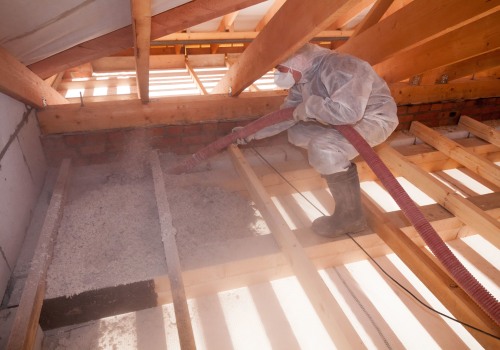When it comes to air ducts, there are a variety of materials available to choose from. From rubber and stainless steel to polyurethane and neoprene-coated polyester fabric, the options can be overwhelming. However, understanding the pros and cons of each material can help you make an informed decision about which one is best for your home. Flexible ducts are the most economical option and are easy to install.
They are made with wire and plastic polymer and are covered with thick plastic. However, they can be quite noisy when the HVAC system is running, making them less ideal for bedrooms. Aluminum ducts are often used for cleanroom installations and special exhaust systems. They are easy to work with and reduce air leaks in homes, but they can be quite noisy as well.
Sheet metal ducts, usually made of galvanized steel or aluminum, are also popular in HVAC systems due to their affordability and ability to reduce air leaks. However, they can be quite noisy too. Fiberglass ducts have a sealed inner lining and are great for reducing noise levels. They also trap particles such as dust, but they require intensive cleaning which can reduce their durability. Fiberboard ducts are the most economical option and are constructed of fiberglass yarns bonded with resin.
They have a foil on the outside that serves as a water retardant and air barrier, but their rough surface can affect airflow and efficiency. Cloth ducts (also known as textile ducts) are usually made of absorbent polyester material and can be seen in laboratories, school canteens, or large offices. They have thermal insulation made of glass wool or other materials such as polyethylene or metallized PET. Both fiberglass and cloth ducts are non-porous in nature and therefore restrict the growth of mold in air ducts. When it comes to choosing the best material for your home's air ducts, it's important to consider your overall design, budget, and specific needs such as reducing noise or retaining heat. Flexible ducts offer an economical solution but may not be ideal for bedrooms due to their noise levels.
Aluminum and sheet metal ducts are also popular choices due to their affordability and ability to reduce air leaks, but they can be quite noisy as well. Fiberglass and cloth ducts offer great insulation but require intensive cleaning which can reduce their durability. No matter which material you choose for your air ducts, it's important to ensure that it meets all safety standards and is installed correctly by a professional HVAC technician. This will ensure that your home is properly ventilated while also reducing energy costs.







